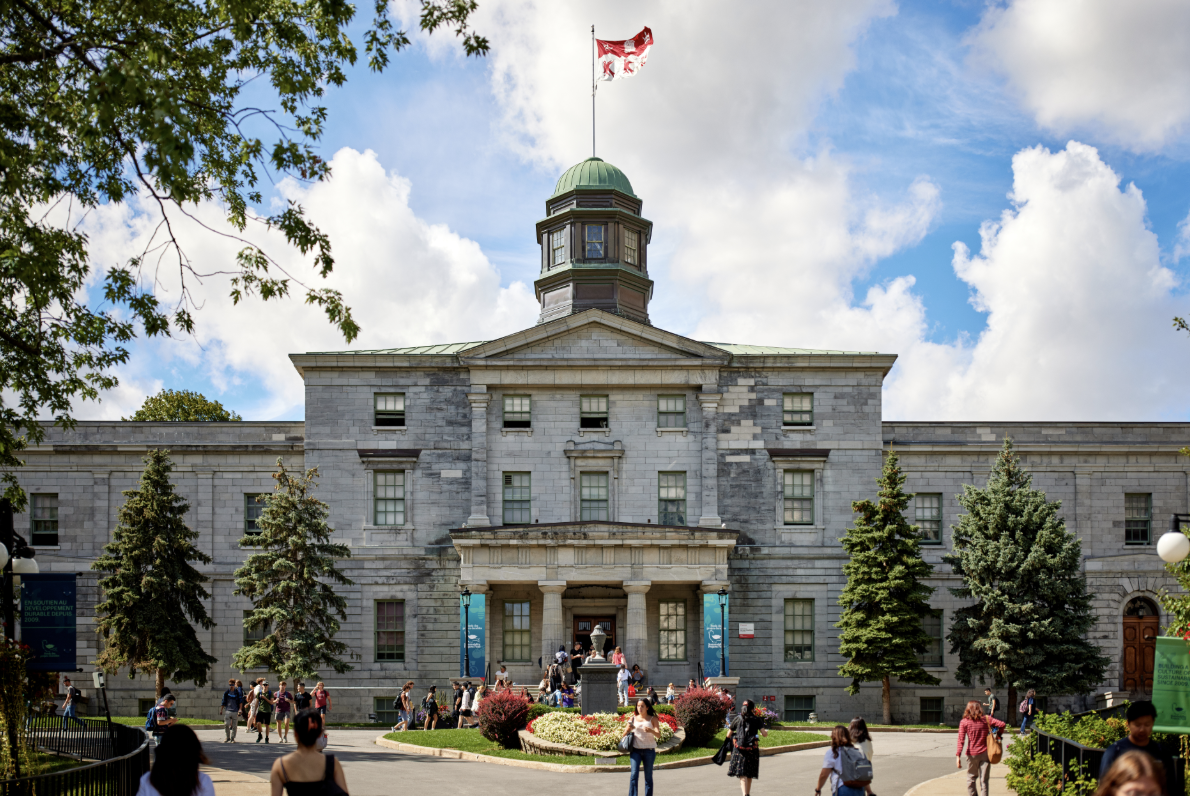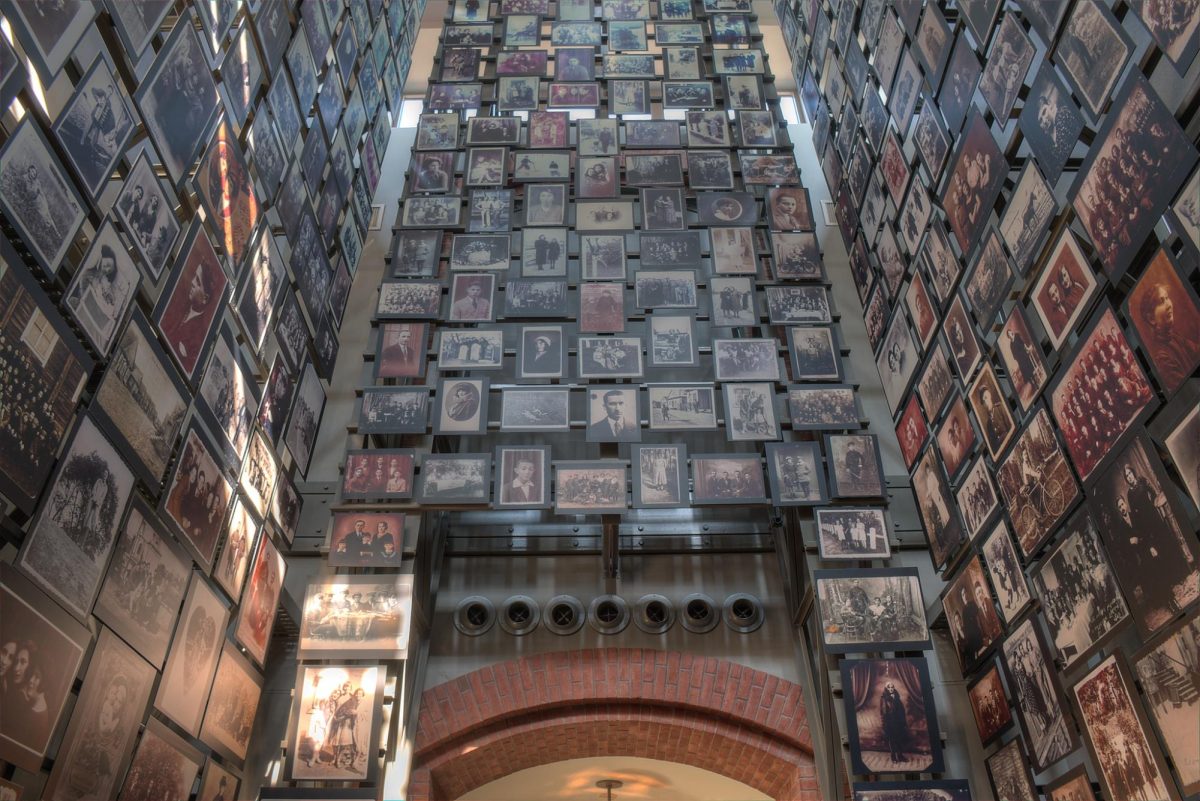DC is an increasingly hot city with temperatures in the city up to 21°F warmer than in neighboring areas, and so the importance of green spaces in the city is more evident than ever. Cleveland Park, and more specifically WIS, is fortunate to have the Tregaron park which is critical in reducing and keeping the temperature of the neighborhood cool throughout the year.
An urban heat island is created when a city or urban area is vastly warmer than its neighboring areas. This phenomenon is most commonly seen in cities with dense housing, a large central business district (CBD), and/or a lack of green spaces.
DC’s dark asphalt roads absorb large amounts of heat from the sun, the lack of evapotranspiration, the process in which water is transported from land to the atmosphere, in many of the cities busy areas, and abundant energy use and production are all large contributors to the heat island effect.
Heat is trapped in the city’s urban areas and creates islands of heat which drastically increase the city’s temperatures in those areas, and ultimately, DC’s temperatures as a whole.
The Washington DC metropolitan area is one of the most densely populated areas in the US and the city of Washington DC is an ever-expanding urbanized area. As a result, DC is one of the hottest cities in the US.
As of 2014, DC was ranked as the city with the 6th largest difference in temperature between rural areas and the city in the United States according to Climate Central. This high ranking comes most likely as a result of DC’s dense housing developments and it’s bustling CBD.
Below is a map which shows the heat produced from DC’s more urbanized areas:
As can be seen in the map above, DC’s downtown area and northeast quadrant are the most apparent heat islands in the city. This can clearly be attributed to the housing complexes, rowhouses, found in northeast and the office buildings, stores, government buildings, etc. found in the CBD.
DC’s northwest region is relatively cool in relation to the rest of the city, however, there are quite a few heat islands found in certain areas. Important streets like Connecticut and Wisconsin harbor stores and restaurants which are tightly packed together, while areas like Georgetown are densely populated and have a mixture of stores, restaurants, offices, and residences, all of which heavily contribute to form heat islands.
Green spaces are critical in alleviating these effects as can be seen in the map above. Areas with parks, forests, and other such spaces have significantly lower temperatures overall and tend to have fewer heat islands.
In Cleveland Park and at WIS, the impact of the Tregaron Conservancy cannot be overlooked. With a busy Connecticut Avenue so close to the school and so prominent in the neighborhood, it is essential that the Tregaron Conservancy be there.
The circled area in the map above shows where the Tregaron Conservancy is located. The area is surrounded by heat islands created by both Connecticut and the schools/embassy nearing the conservancy, yet, it is able to keep the area cool since it is a green space.
Temperatures nearing the conservancy would reach up to 100°F or more in the summer, yet due to the green space in the conservancy, temperatures at WIS and in the conservancy would stay up to 20°F cooler.
If DC were to implement more green spaces like the Tregaron Conservancy, then it is safe to assume that the effects of the heat islands in the city would substantially decrease and the city would become much cooler, especially in the summertime.
Nico Vallada



































































Sushmita Vargo • Dec 10, 2019 at 10:41 pm
Good Job Nico V